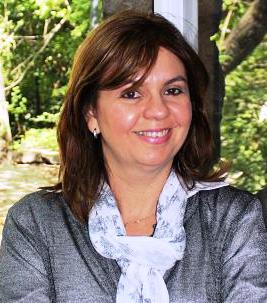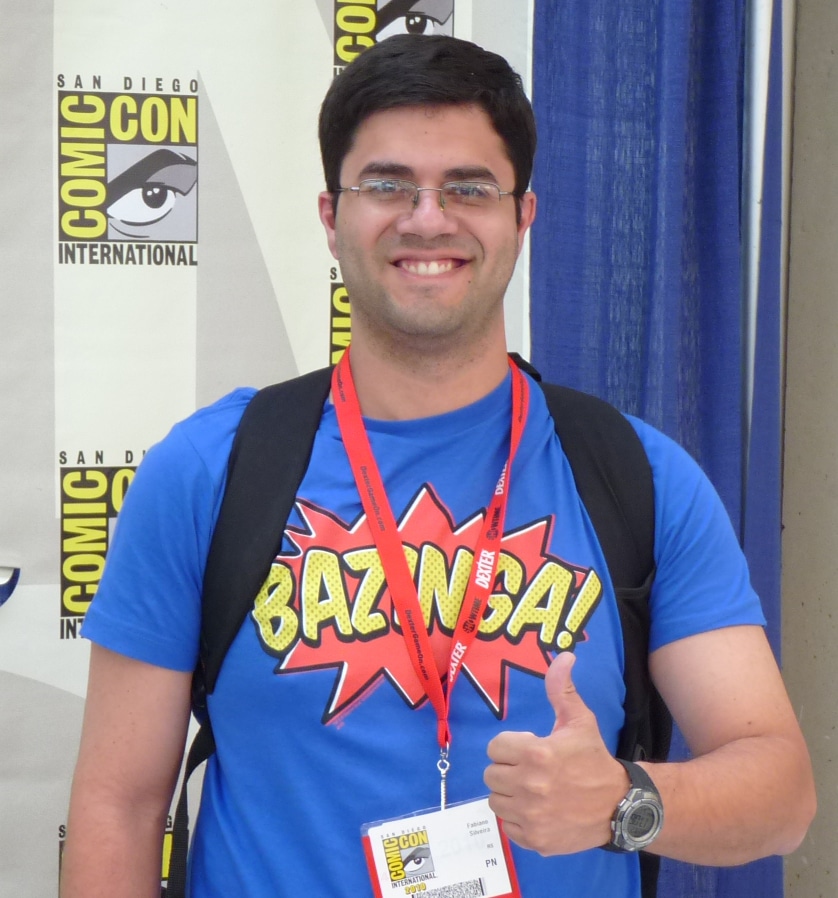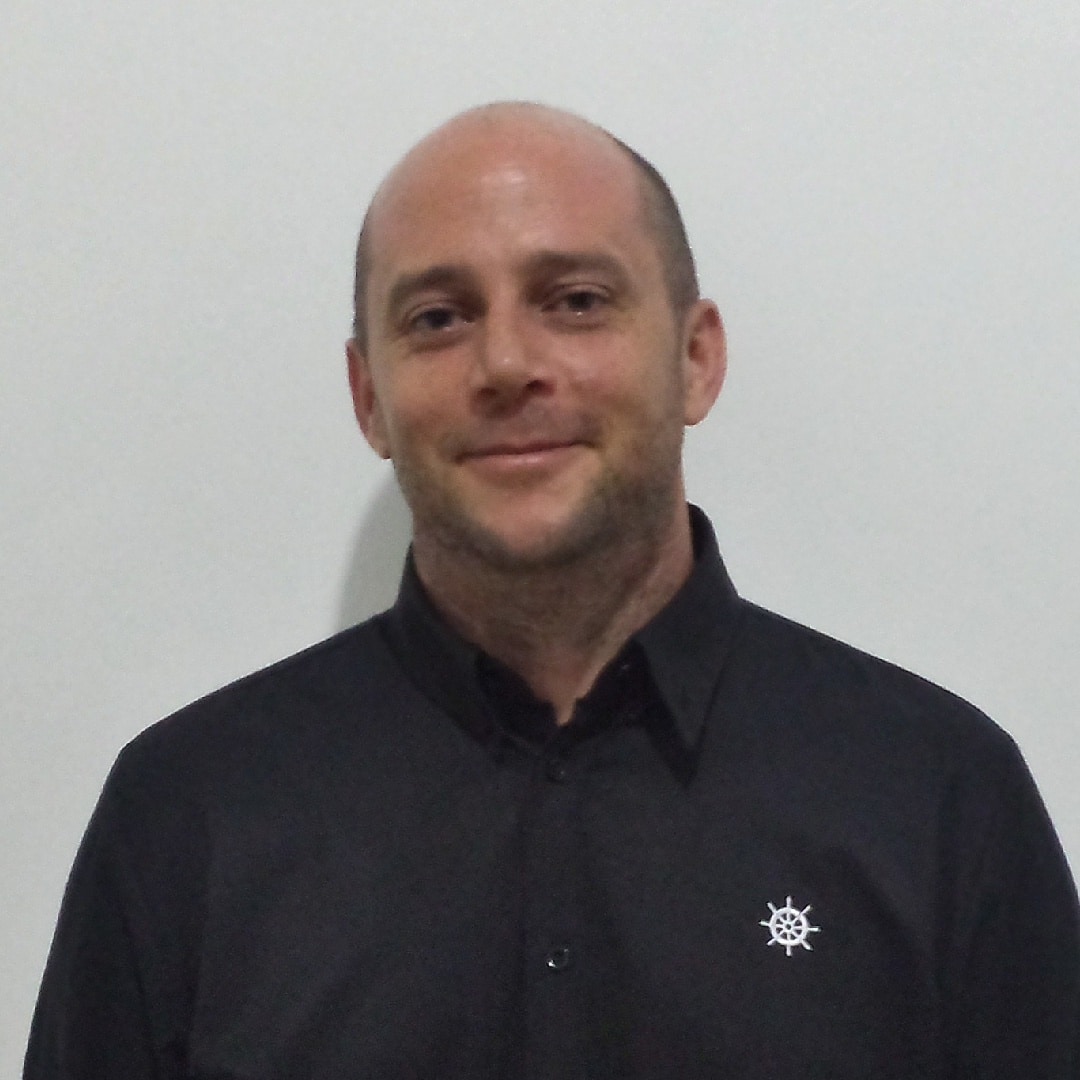Language Acquisition: Linguistic Landscapes

Keep Calm by Guilherme Bomfim Pacheco/MULL – CC BY 4.0
When my son was about 18 months old I took him to a local shopping centre here in Curitiba. I don’t normally do this because I hate shopping centres with a passion, but it was raining and we were both going stir crazy from being in the house for too long.
At one point my son just stopped dead in his tracks, pointed at a travel agent’s and started shouting I the way that only the most excited toddler can. I had no idea what he was shouting about because all I could see were signs in the window advertising trips at extortionate prices all around the world.
And then I saw, in the corner of one of the adverts was a small picture of Mickey Mouse. At that time Mickey Mouse (or Mehe Mato as he used to be called in our house) was something of an idol. We had Mickey Mouse toys, cars, pictures and DVDs. I can sing the theme tune of Mickey Mouse Clubhouse in both English and Portuguese without even thinking about it.
This incident made me realise that my son sees different things to me. He sees everything at the same time, and then zooms in on the details that he recognises, or are important to him.
He is now three years old and still loves Mickey Mouse, but now he is more into pirates and Peppa Pig. He can’t read, but he recognises the first letter of his name and insists that I look at it whenever he sees one in a book, on a T-shirt or in a shop window.
In short, he is already responding to his linguistic landscape.
Your linguistic landscape is the language that you see around you in public spaces on a day to day basis. It can be the signs in shop windows, the graffiti on the walls round you, the advertising on billboards or any other type of written language.
As the story about my son illustrates, children are very susceptible to their linguistic landscape as they seem to pay more overt attention to it than adults do.
This is not to say that adults don’t notice the language around them. When I lived in Taiwan I found it very difficult to negotiate my way around the city because I couldn’t read any of the signs. This also meant I found it hard to learn language as I was moving around the city.

Not fast food by John Corbett/Mull – CC BY4.0
When I moved it Brazil it was like reading a book as I walked around. I didn’t always understand what I was reading, but at least I could read the names of shops and signs and say them in my mind, albeit in my own English accent.
When we are in a new place we might pay attention to the signs around us, but in a more familiar setting we often ignore our linguistic landscape. We see it, but we don’t notice it. This is a shame because it is a great, free and democratic resource that any English language learner can exploit, so long as we train them in what to look out for and how to pronounce it.
This means that we, as teachers, first of all need to be aware of our linguistic landscape. This should be easy because we should be inherently interested in language, but sometimes it needs a bit of effort to start.
As a way of helping people start to notice their linguistic landscape Damian Williams, who also writes for Richmond Share, and I have started a project called Mapping the Urban Linguistic Landscape (MULL) where we invite people to take photographs of interesting language that they find in their communities and then share them on Facebook. We then collate the photos and add the best ones to a Flickr page so that everyone can access them.
You can join the group by going to the MULL Facebook page. There you can either enjoy other people’s submissions or even add your own. Alternatively, you can go to our MULL page on Flickr and check out the map and bank of photos from around the world.
We look forward to seeing you there and we are sure that, whether you are 2 years old or 92, there is always something you can learn from your linguistic landscape.





